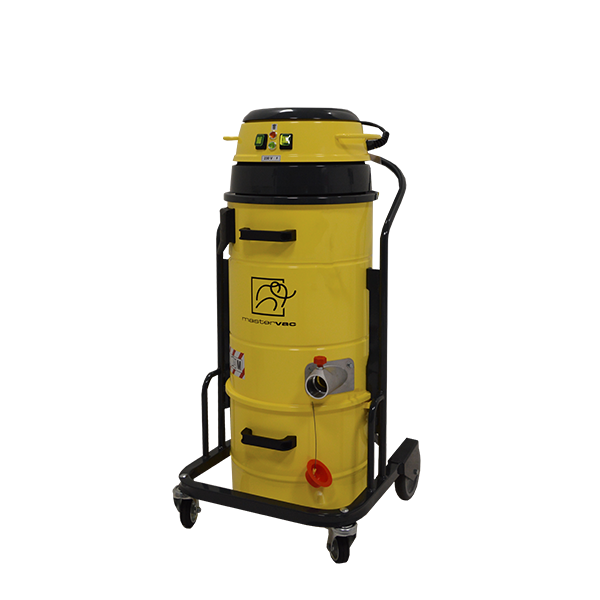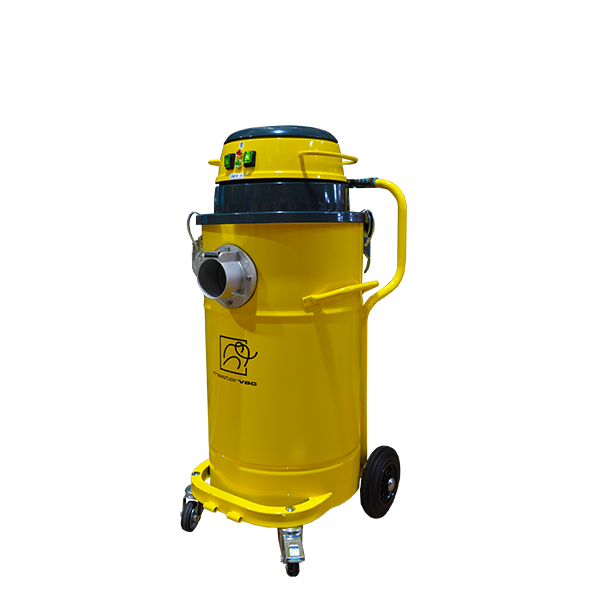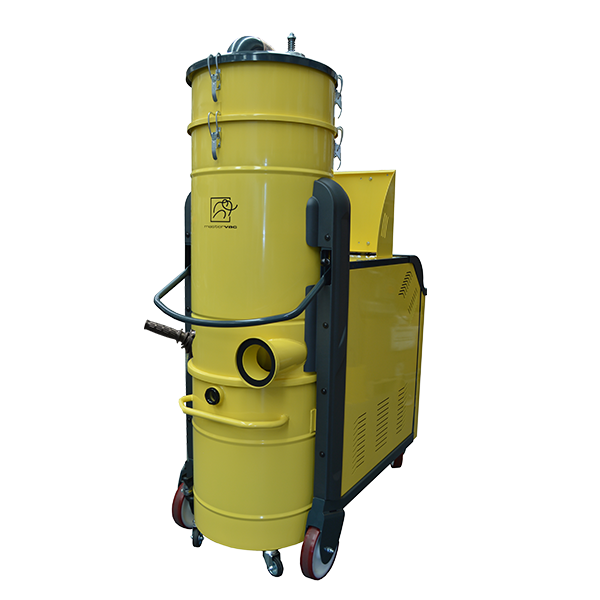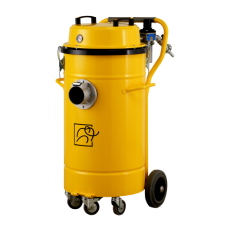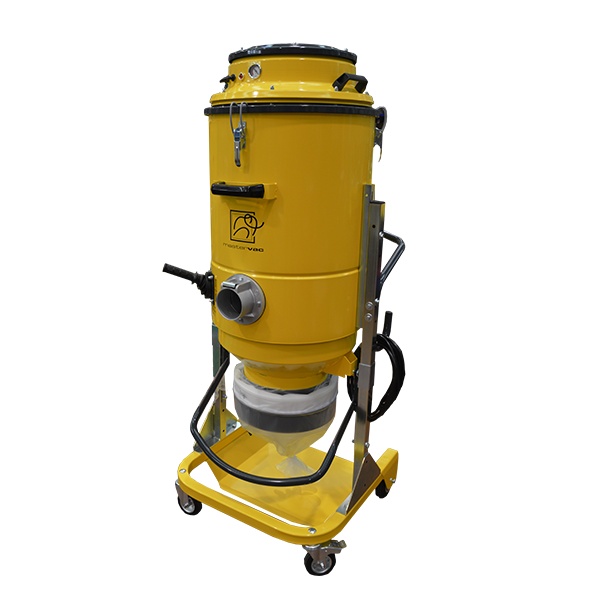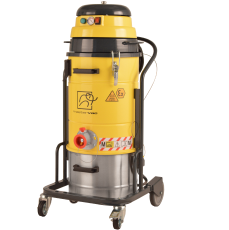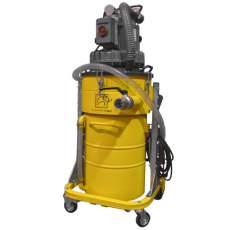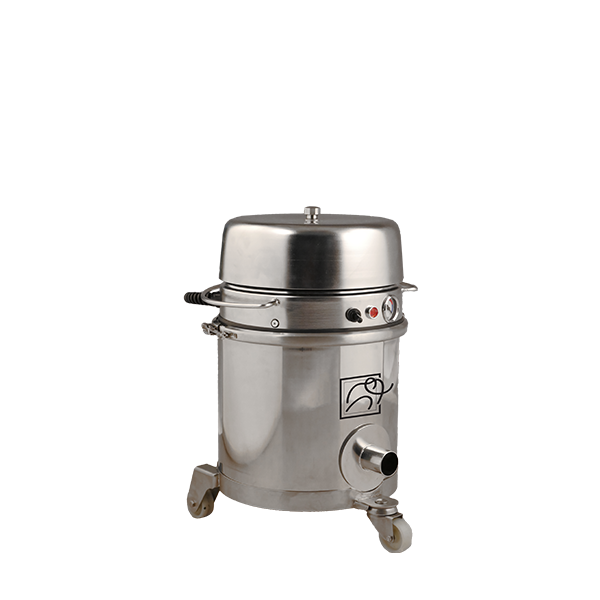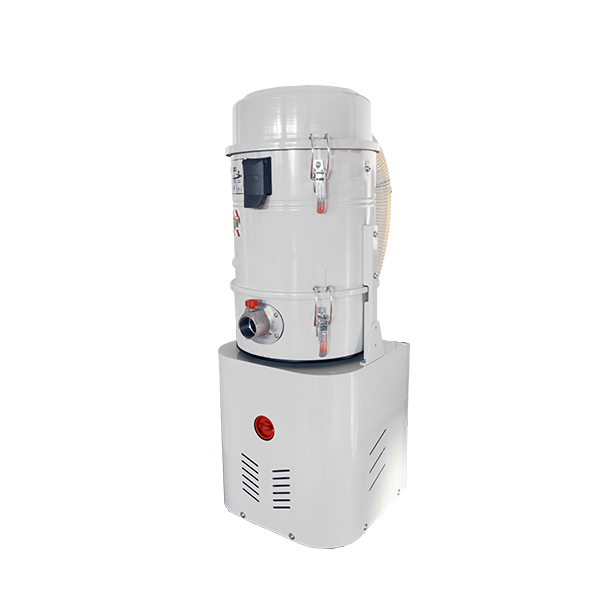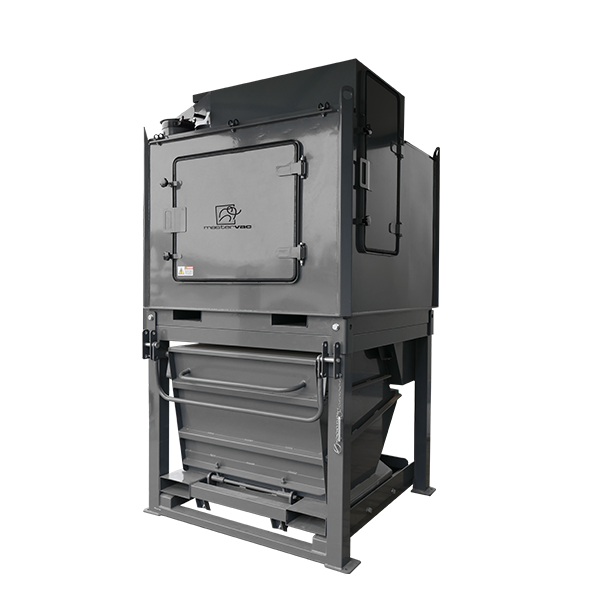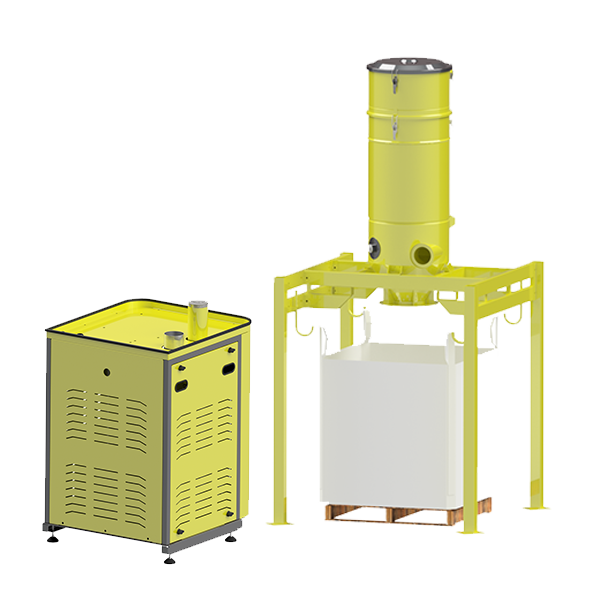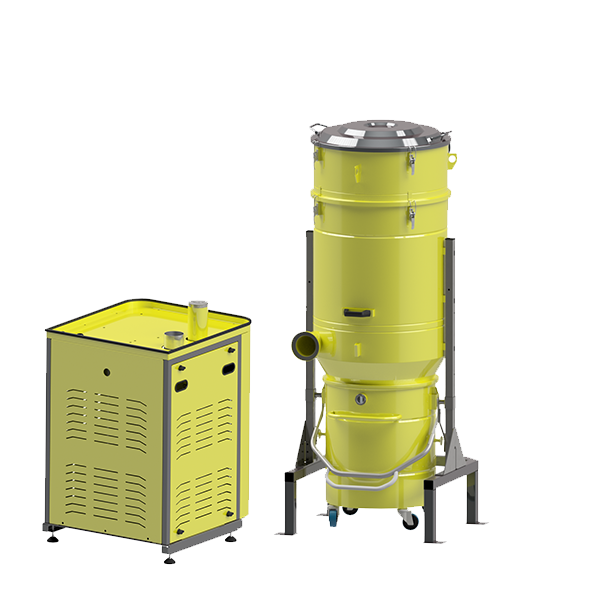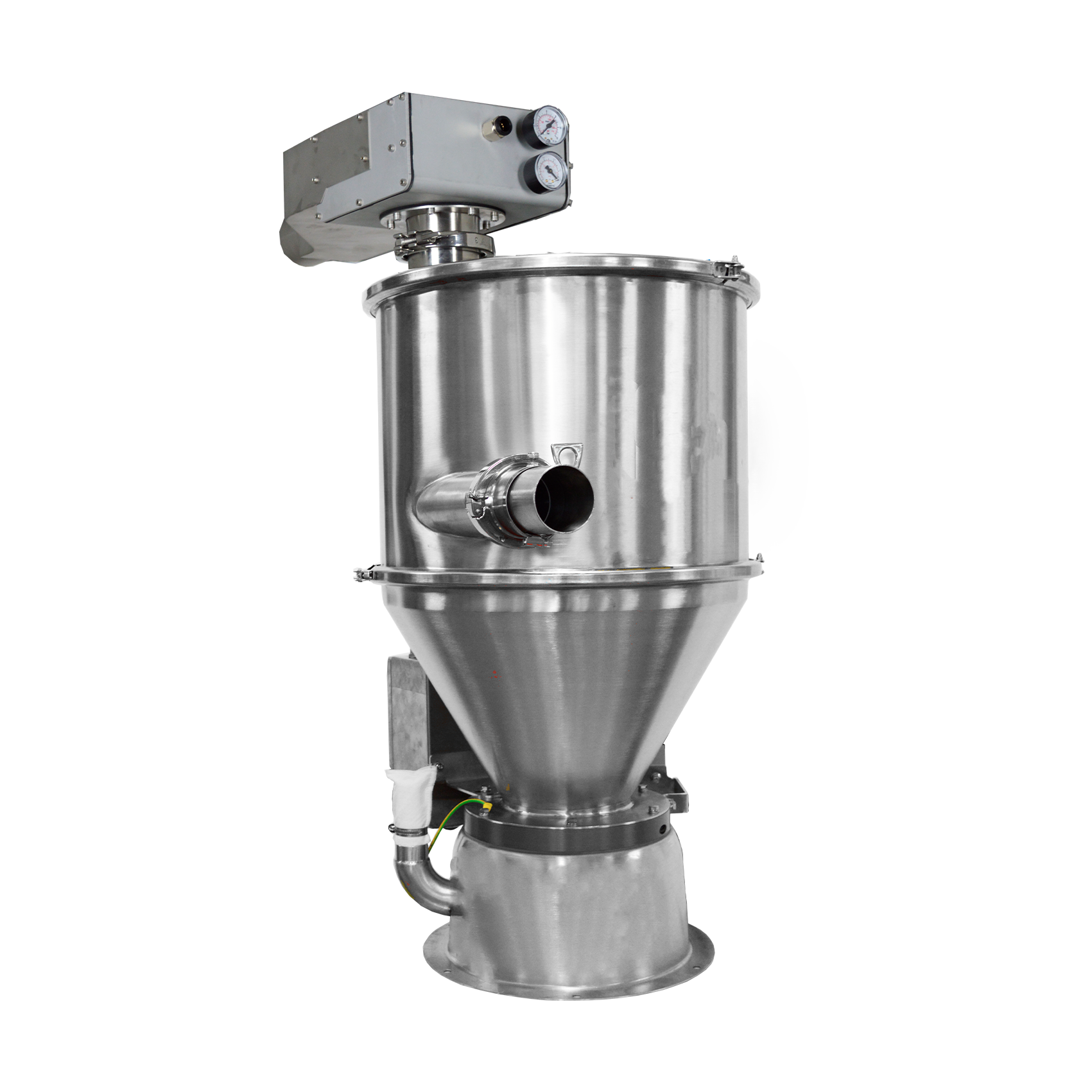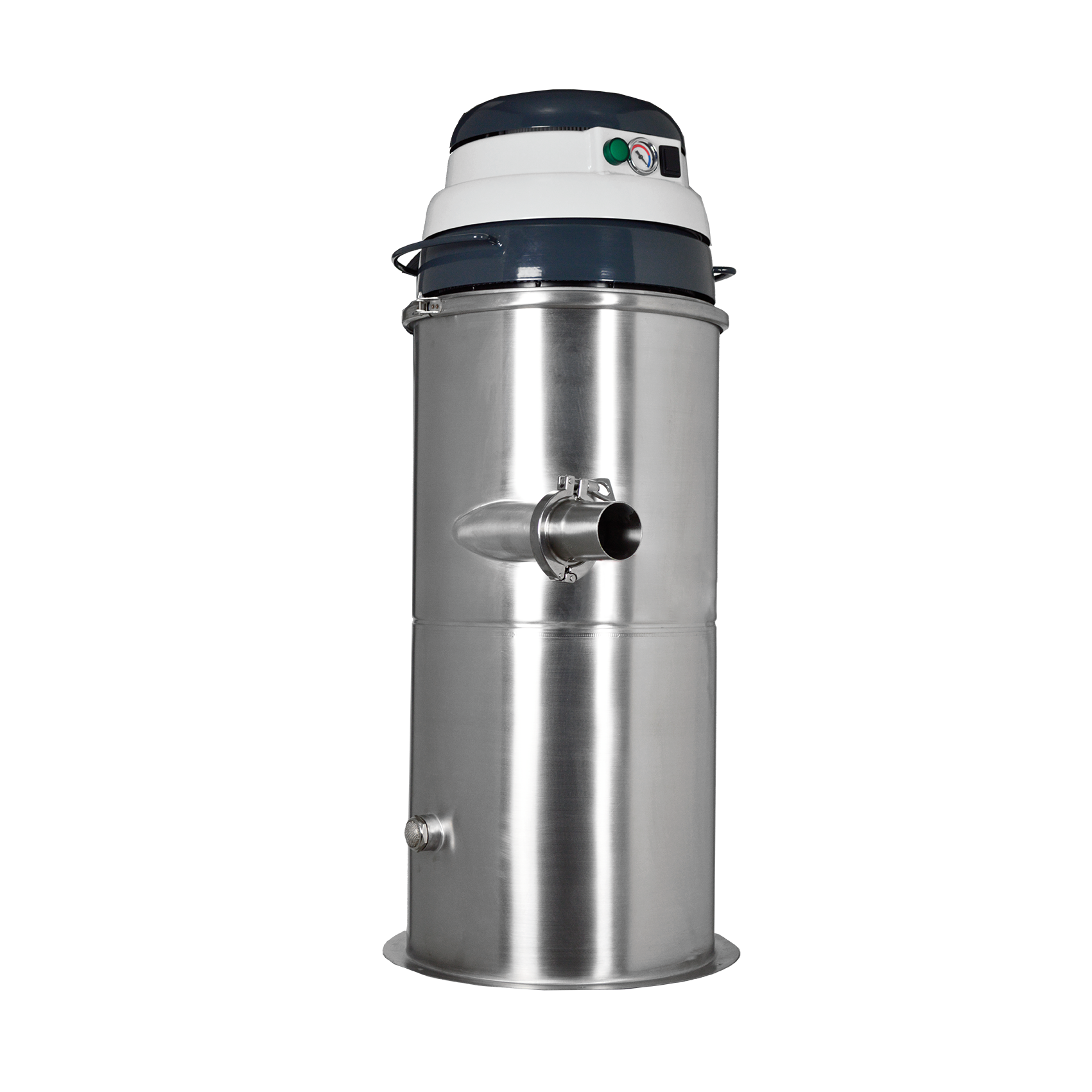Toxic and Hazardous Dust
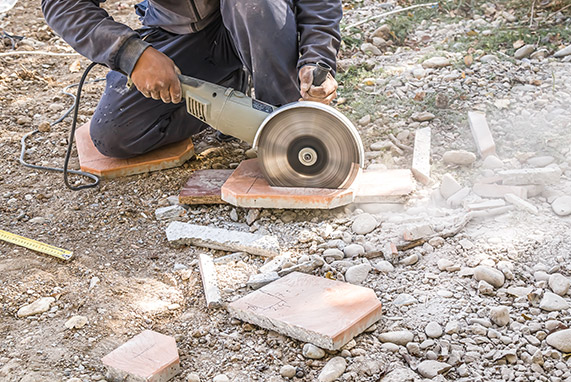
Toxic and hazardous dust
Hazardous dust is mainly intended as particles than can exist as they are in nature or that can be generated by various types of material processing. Not all fine dust particles are hazardous; however, in order to determine whether a type of dust is hazardous to humans or not, its nature as well as its particle size must be evaluated.
In fact, it is oftentimes fine volatile dust that is very hazardous because, due to its miniscule size, it can be easily inhaled and remain trapped in the tissues of internal organs in humans, at times leading to serious illness.
There are other cases in which the particle size of the dust is less important, for instance in the case of asbestos, in which it is not essential for it to be in the form of fine dust to be hazardous to human health.
As such, it is clear that in all contexts in which fine and/or hazardous dust is created or handled, employers must provide the most appropriate tools to protect the health of their workers, such as masks, gloves, and protective coveralls. In addition to personal protective equipment that each worker must wear when in contact with fine and hazardous dust, industrial vacuum cleaners and dust collectors can play a fundamental role, further eliminating all risks of dust inhalation directly at the source.
Among the toxic and hazardous dust that an industrial vacuum cleaner can remove and treat are the following:
Toner powder
Asbestos
Hardwood
Pharmaceutical dust
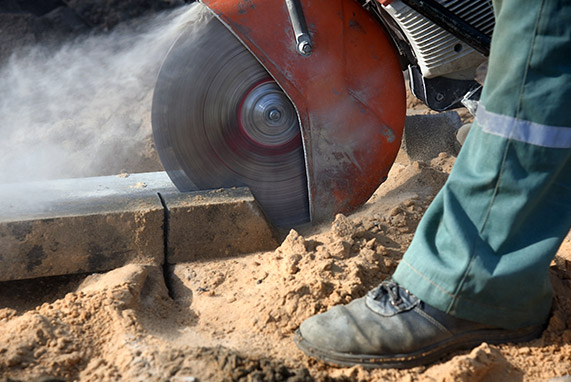
Recommended for this application
Toner powder
Toner powder contains carbon, resin, and iron oxides, material that can lead to unpleasant consequences if inhaled in large amounts or for a prolonged period of time. With an industrial vacuum cleaner, these risks can be eliminated, confining the dust in a bag, for example, an Endless Bag, and preventing even the smallest particles from escaping, thanks to an appropriate filtration system.
Asbestos
Asbestos removal, disposal, and management is, to date, regulated by explicit ministerial decrees, which indicate safe procedures to prevent operators that come into contact with it from being put in danger.
Asbestos can be found in slabs, sheet metal, and building material in both private and public buildings. It is good practice to use the proper PPE for protection while it is being removed. However, the risk of coming into contact with finer asbestos particles is still high, which is why Mastervac offers a line specifically to vacuum fine asbestos dust and contain it in practical, hermetically sealed collection systems.
Hardwood
Hardwood dust falls under the list of fine dust that can be hazardous and carcinogenic to humans. Wood dust is generated during operations like sawing, planing, grinding, sanding, or cleaning machinery in dry conditions, both in very large manufacturing settings and for artisans doing small jobs. Even in these cases, it is good practice to be armed with a Mastervac vacuum cleaner that, especially when connected directly to the tool, can vacuum the dust directly at the source, eliminating possible risks of inhalation.
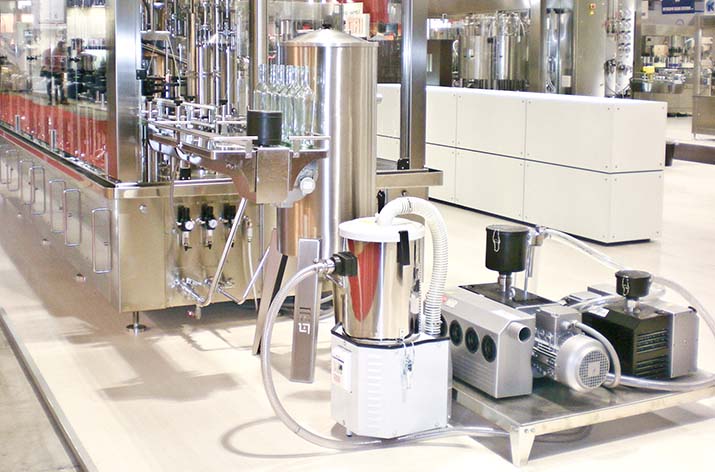
Pharmaceutical dust
Pharmaceutical companies often work with components and active principles that can be hazardous if inhaled. Especially in the case of anticancer drug dust, operators must carry out all the production and packaging operations of the drug with the most appropriate tools in order to avoid coming into direct contact with these substances. The Mastervac Dust Containment line allows these operations to be managed safely, removing the residual dust and vacuuming any puffs or leaks of the material.

